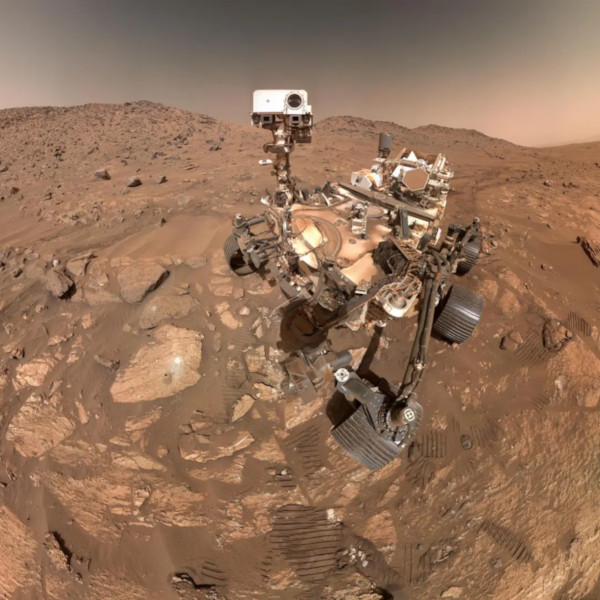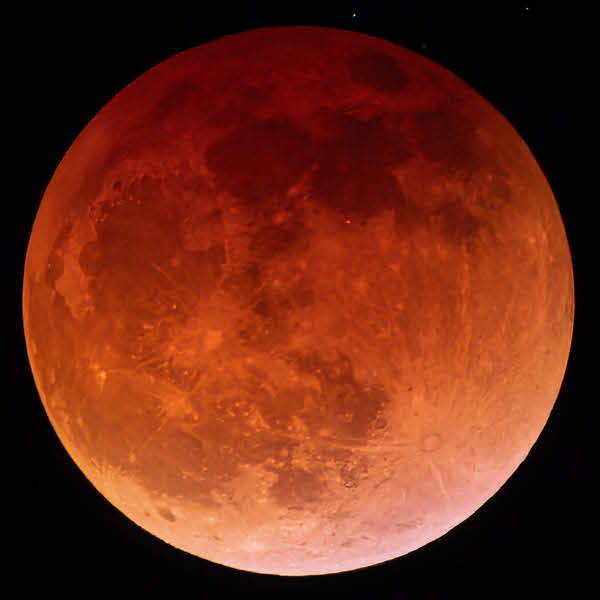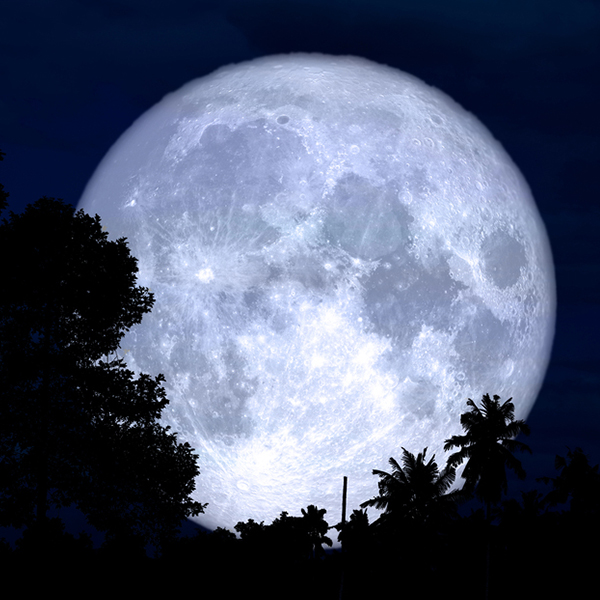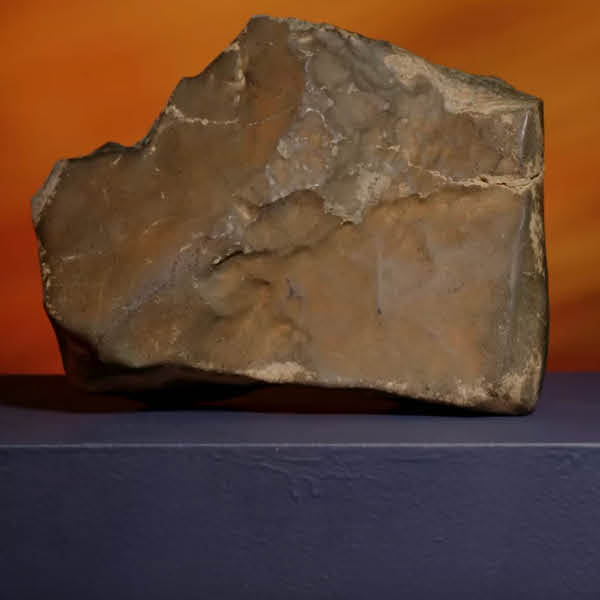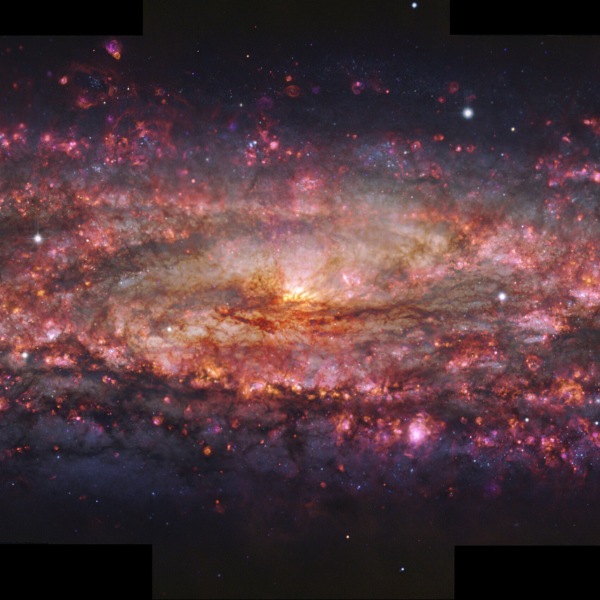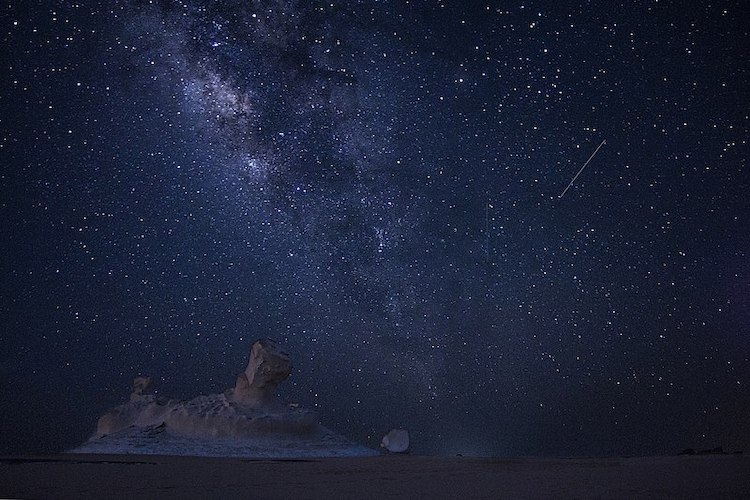
Photo: -زخة_شهب_البرشاويات via Wikimedia Commons (CC BY-SA 4.0 International)
Astronomy fans have been waiting for what NASA calls the “best meteor shower of the year,” and it is finally upon us! The Perseid Meteor Shower 2021 will fill the night sky with streaks of light and color until August 24. Each summer, the Perseid graces the night sky with dozens of consistent shooting stars per hour, traveling across the sky at 37 miles per second, leaving long streaks in their wake. The shower is not one to be missed with its fast, bright meteors that can easily be viewed outside, making it one of the most reliable meteor showers visible from Earth.
What exactly is the Perseid Meteor Shower? It’s an astronomical event that happens when Earth passes through the tail of the comet Swift-Tuttle each year. Rocks from its debris field burn up in our atmosphere, creating a dazzling “shooting star” show. The showers are known for their fireballs where viewers can expect to see larger, brighter explosions of light and color in the sky in comparison to the average meteor in the shower. The meteors appear to radiate from the constellation Perseus, their namesake; however, they will appear all over the sky.
This year, the Perseid meteor shower will reach its peak on the nights of Wednesday, August 11; Thursday, August 12; and Friday, August 13. The Perseids' peak comes just a few days after a new moon, so there won't be any difficulties in viewing the meteor shower lights. You can expect to see up to 100 shooting stars per hour on August 12 and 13, as there will be a dim waxing crescent moon set early in the evening, leaving dark skies and perfect stargazing conditions.
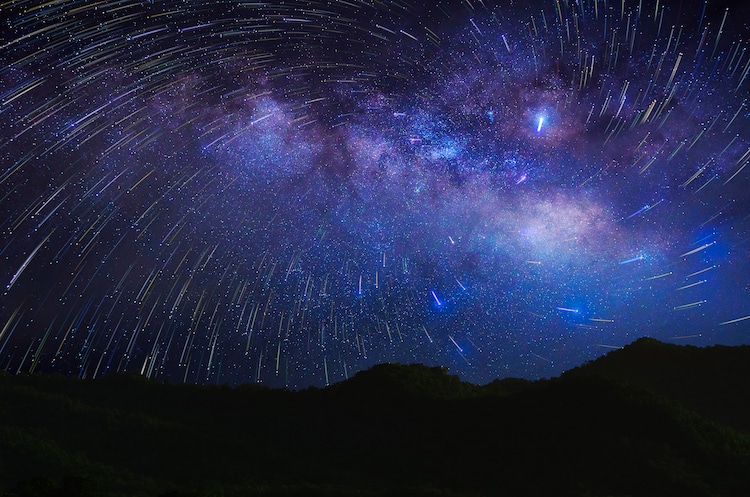
Photo: nirutdps / Deposit Photos
For best viewing, NASA says to stay up late the night of August 11. Alternatively, waking up extra early on August 12 will also do the trick, as the shower's peak occurs between midnight and sunrise. If the sky is clear and free of light pollution, the meteors can be clearly seen all across the Northern Hemisphere sky without the help of equipment as early as 9 p.m. and about midnight in the Southern Hemisphere. However, the Perseids are brighter than most showers, so it's worth looking up even if you live in an area that's affected by some light pollution. Want to find the nearest dark place to view the Perseids? This map of Artificial Sky Brightness will help you pick the perfect viewing location.
If weather interferes with peak night viewing, stargazers should be able to spot the Perseids until August 24. NASA also runs a meteor watch Facebook page, where astronomy lovers can keep up with exciting fireballs or tune in to livestream watch parties. Otherwise, the next upcoming meteor shower is the Orionids in October, followed by the Geminids in December, which offers some of the brightest meteors for stargazers willing to brave the cold.
h/t: [Mental Floss]
Related Articles:
Spectacular Shots of This Year’s Perseid Meteor Shower
10 Astrophotographers Capturing the Awe-Inspiring Wonders of the Galaxy
Photographer Captures Stunning Handheld Shot of Milky Way from Airplane Window
Pic of the Day – Perseid Meteor Shower on August 11, 2009
Photographer Accidentally Captures Rare Sight of the ISS in a Stunning Milky Way Image















































































